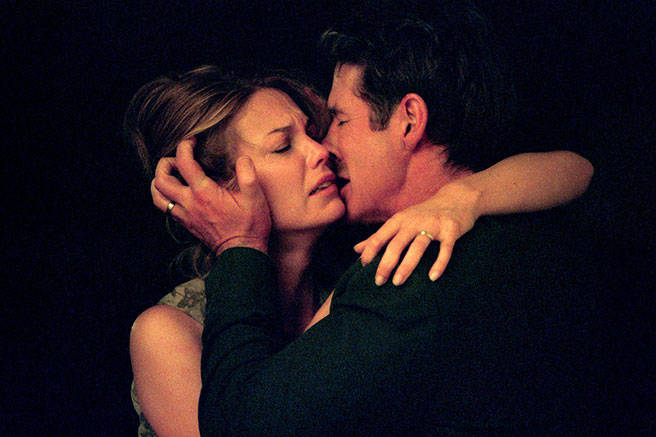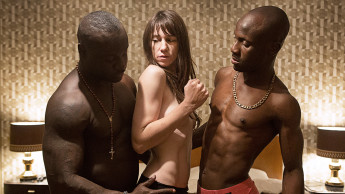
Is Women’s Underwear a Form of Cultural Capital?
A researcher offers some lofty theories about some pretty basic observations. This article was originally posted on: The Independent.
Very few researchers have attempted to study what drives women’s preferences and choices when it comes to undergarments. Even fewer have ventured into the lofty theoretical territory of linking underwear toPierre Bourdieu‘s constructs of “habitus, taste and (embodied) cultural capital.” But in a new paper from the Journal of Consumer Culture,University of Leicester marketing and consumption lecturer Christiana Tsaousi approaches both with little trepidation.
Tsaousi writes:
In this paper, underwear is considered as part of women’s embodied cultural capital, which is then transformed into other forms of capital; namely economic, social and symbolic. I am, however, intentionally emphasising gender and how this embodied cultural capital aids these women in supporting the various elements of female identity they are called upon to play out in their everyday lives….
In what follows, I explore my participants’ choices in underwear in my attempt to understand how habitus-specific capital and taste can determine these choices, as it differentiates their assumptions about underwear’s role and function in their daily life, and thus distinguishes the different mobilisations of underwear in their attempt to construct their female identity.
In non-social-theory-speak, women in different social groups view and select underwear differently based on their habitation of different contexts and life stages. Age, status, and lifestyles tend to affect many market choices, so, logically, there’d be no reason to expect underwear would be excluded. When it’s not couched in the jargon, this concept becomes a little less mysterious, fanciful, and exciting.
But in a series of focus groups with university rugby players, tutors, administrators, new moms, divorcees, and widows, Tsaousi made a few half-way notable observations:
- The subjects wanted their underwear to be comfortable and appropriate for the context in which they were operating. One subject spoke of her locker room undies: “I’m not conscious of whether it looks pretty or glamorous or anything like that. I am conscious of whether it’s clean, comfortable and it looks acceptable. I wouldn’t, for instance, you know … if something had a hole in it, I wouldn’t wear it at the gym. I’m not there to show off my underwear, but I wouldn’t go there having a hole in my knickers.” Fair.
- Younger women went with something less prosaic, meant to reflect “the youth femaleness they try to exemplify,” but comfort still mattered. Of the rugby players, Tsaousi writes: “Underwear for them was more about how it looked; if it was patterned, cute with pink bows (as Ellie admitted while the others were teasing her) more than if it accentuated their female body.”
- Women often mirror their mother’s preferences. As one subject said: “Cause me and my mum are very similar; I mean she … she’s kind of a large, busty lady … and erm … she’s … erm … she’s very much ‘underwear serves a purpose’ and … you know … you just need a bra to just pull your boobs in and that’s it.”
- Selection of plain underwear in the workplace aligned with motivations to advance their “economic capital” by appearing more “competent” and “less feminine.” BY RYAN JACOBS












